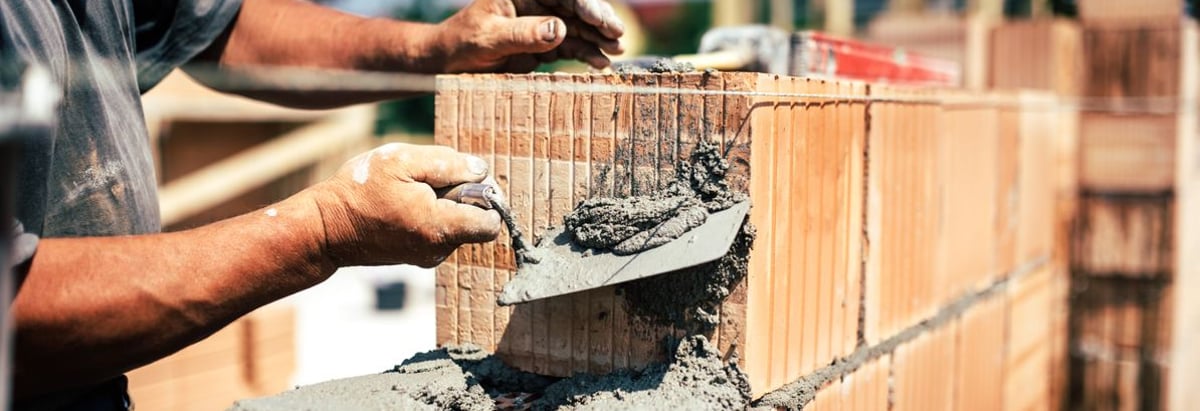- Australia
- /
- Basic Materials
- /
- ASX:BKW
Why You Should Care About Brickworks Limited’s (ASX:BKW) Low Return On Capital

Today we'll look at Brickworks Limited (ASX:BKW) and reflect on its potential as an investment. To be precise, we'll consider its Return On Capital Employed (ROCE), as that will inform our view of the quality of the business.
First up, we'll look at what ROCE is and how we calculate it. Then we'll compare its ROCE to similar companies. Then we'll determine how its current liabilities are affecting its ROCE.
What is Return On Capital Employed (ROCE)?
ROCE is a measure of a company's yearly pre-tax profit (its return), relative to the capital employed in the business. In general, businesses with a higher ROCE are usually better quality. In brief, it is a useful tool, but it is not without drawbacks. Author Edwin Whiting says to be careful when comparing the ROCE of different businesses, since 'No two businesses are exactly alike.'
So, How Do We Calculate ROCE?
Analysts use this formula to calculate return on capital employed:
Return on Capital Employed = Earnings Before Interest and Tax (EBIT) ÷ (Total Assets - Current Liabilities)
Or for Brickworks:
0.029 = AU$76m ÷ (AU$3.0b - AU$411m) (Based on the trailing twelve months to January 2019.)
So, Brickworks has an ROCE of 2.9%.
View our latest analysis for Brickworks
Does Brickworks Have A Good ROCE?
One way to assess ROCE is to compare similar companies. We can see Brickworks's ROCE is meaningfully below the Basic Materials industry average of 11%. This performance could be negative if sustained, as it suggests the business may underperform its industry. Regardless of how Brickworks stacks up against its industry, its ROCE in absolute terms is quite low (especially compared to a bank account). It is likely that there are more attractive prospects out there.
We can see that , Brickworks currently has an ROCE of 2.9% compared to its ROCE 3 years ago, which was 2.1%. This makes us think the business might be improving.

Remember that this metric is backwards looking - it shows what has happened in the past, and does not accurately predict the future. ROCE can be deceptive for cyclical businesses, as returns can look incredible in boom times, and terribly low in downturns. This is because ROCE only looks at one year, instead of considering returns across a whole cycle. Future performance is what matters, and you can see analyst predictions in our free report on analyst forecasts for the company.
How Brickworks's Current Liabilities Impact Its ROCE
Liabilities, such as supplier bills and bank overdrafts, are referred to as current liabilities if they need to be paid within 12 months. The ROCE equation subtracts current liabilities from capital employed, so a company with a lot of current liabilities appears to have less capital employed, and a higher ROCE than otherwise. To check the impact of this, we calculate if a company has high current liabilities relative to its total assets.
Brickworks has total liabilities of AU$411m and total assets of AU$3.0b. As a result, its current liabilities are equal to approximately 14% of its total assets. This is a modest level of current liabilities, which will have a limited impact on the ROCE.
Our Take On Brickworks's ROCE
Brickworks has a poor ROCE, and there may be better investment prospects out there. Of course, you might find a fantastic investment by looking at a few good candidates. So take a peek at this free list of companies with modest (or no) debt, trading on a P/E below 20.
For those who like to find winning investments this free list of growing companies with recent insider purchasing, could be just the ticket.
We aim to bring you long-term focused research analysis driven by fundamental data. Note that our analysis may not factor in the latest price-sensitive company announcements or qualitative material.
If you spot an error that warrants correction, please contact the editor at editorial-team@simplywallst.com. This article by Simply Wall St is general in nature. It does not constitute a recommendation to buy or sell any stock, and does not take account of your objectives, or your financial situation. Simply Wall St has no position in the stocks mentioned. Thank you for reading.
About ASX:BKW
Brickworks
Engages in the manufacture, sale, and distribution of building products for the residential and commercial markets in Australia and North America.
Moderate growth potential with imperfect balance sheet.
Similar Companies
Market Insights
Community Narratives


